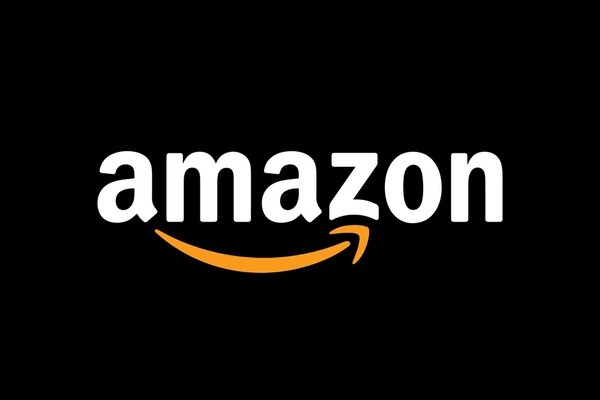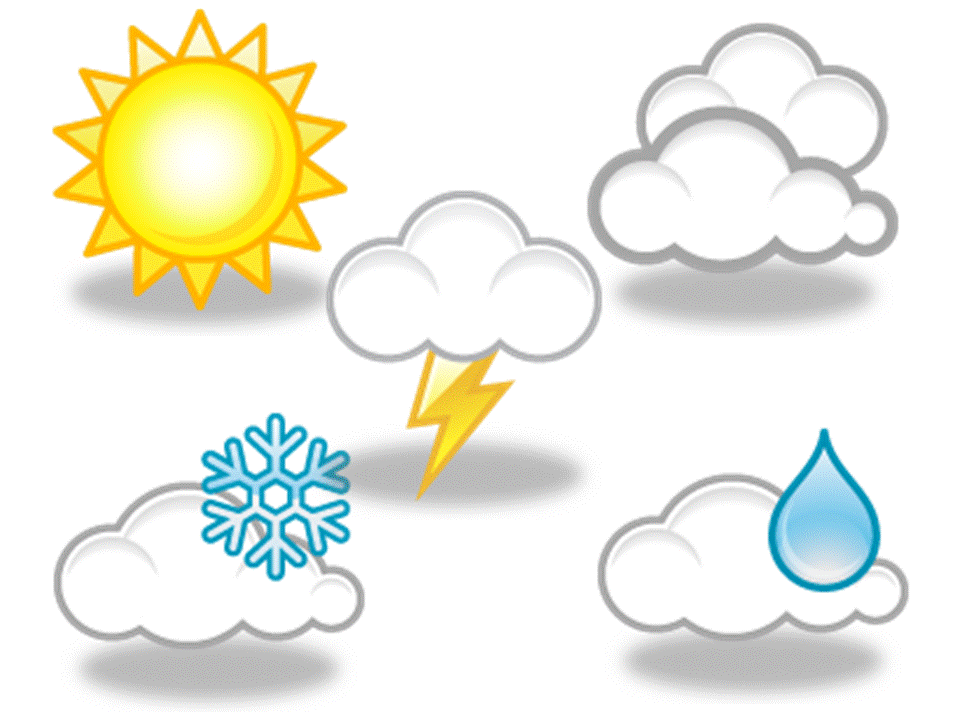Some of the warnings follow tragic stories
Product-safety warnings surged in 2024 largely on goodscoming from China, highlighting concerns about poor standards among productssold online.
There were 64 government warnings on products in 2024, up from 39 in 2023 and only twoin 2020,according to data fromthe Consumer Product Safety Commission, which regulates thousands of products and handles recalls.
The CPSC typically issues a warning on a product after a company doesn't respond and it is unable to secure a recall.
And many dangerous products aren't discovered by regulators.

Products sold online and those coming from China accounted for the bulk of the warnings: 61 were sold online, including on Amazon, and42 of the 64 were imported from China, according to a review by nonprofit Consumer Federation of America.
These numbers tell a troubling story of how e-commerce has outpaced our ability to ensure product safety, said Courtney Griffin, director of consumer product safety at Consumer Federation of America, in a press release.
Some of the warnings have followed tragic stories.
An elderly couple died in June 2024after flames jetted from a FLIKFIRE fire pit, which sold on websites including Amazon.com, Shopify.com andNordstroms.com for between $35 to $105,the CPSC said.
In a different case, the CPSC said there have been at least eight deaths and 2,400 emergeny room visits after children ingested magnets from a chess game between 2005 and 2021.
As online marketplaces have grown, so too have the risk associated with unsafe products sold directly to consumers," Griffin said.
Problems with product-safety enforcement
Product safety warnings don't offer the solution ofarefund, repairor replacement grantedby a recall.
The CPSC also lacks the authority to force foreign manufacturers to comply with U.S. product-safety laws, making a warning a last resort after a recall fails.
And a controversial trade loophole, known as "de minimis," has allowed exporters to avoid inspections of dangerous products.
In 2016, the de minimis dollar threshold raised from $200 to $800 for a shipment needing to provide information that could trigger a safety inspection.
Since then, the number of de minimis shipments grew to more than 1 billion in 2023 from 153 million in 2015, according to the CPSC.
To get more information for potential inspections, the CPSC finalized a rule in Dec. 2024 that requires electronic filing of information from importers, however, the rule doesnt go into effect until mid-2026.
Email Dieter Holger at This email address is being protected from spambots. You need JavaScript enabled to view it..
Posted: 2025-02-19 00:25:12




















